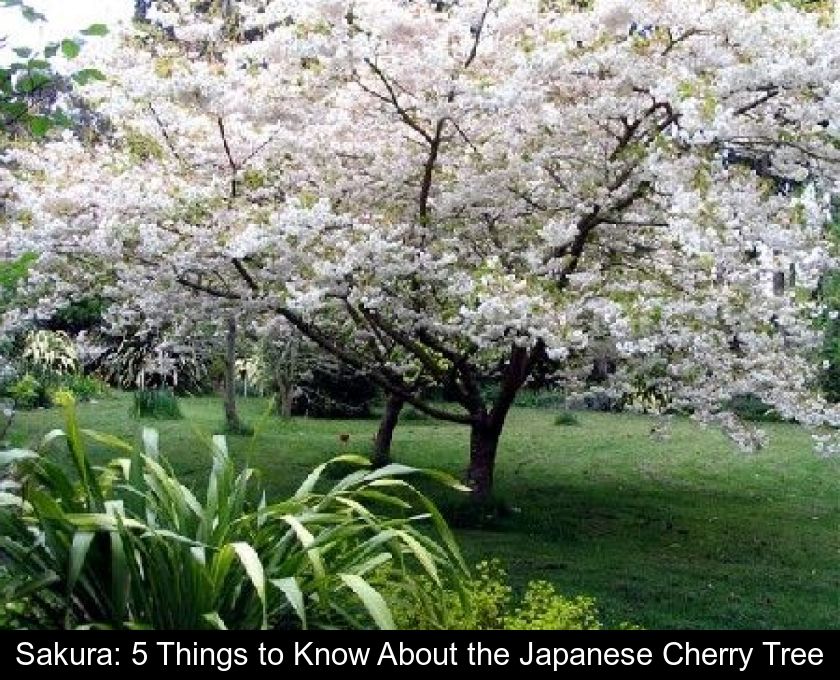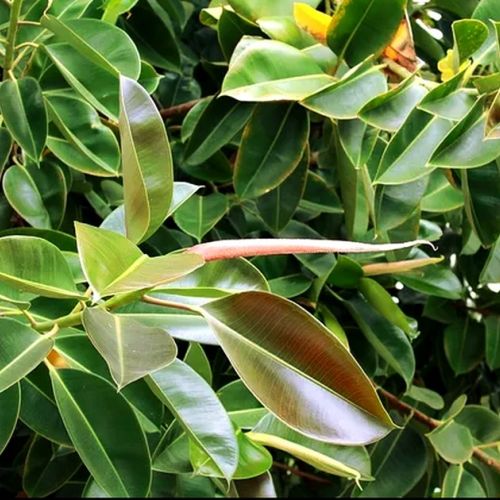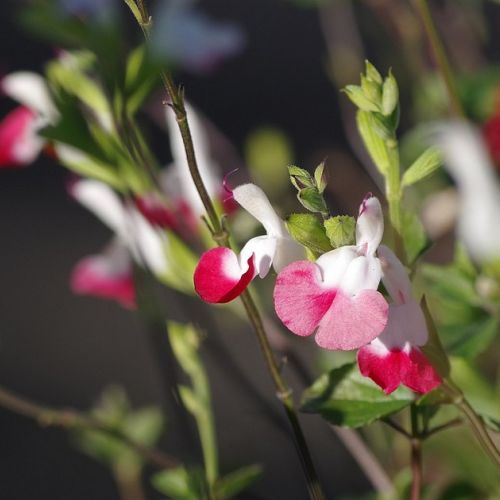Sakura: 5 Things To Know About The Japanese Cherry Tree
In Japan, the cherry blossom season marks the celebration of spring's arrival with significant festivities. The Japanese cherry tree, or oriental cherry, is an ornamental tree that delights gardeners and aesthetes with its spectacular bloom and autumn foliage.
This cherry tree produces flowers, but no fruit.
The Japanese cherry tree, also known as sakura in Japanese or Prunus serrulata in Latin, is an ornamental tree from the Rosaceae family.
This small tree (ranging from 5 to 12 meters depending on the variety) blooms profusely from late March to mid-May and is covered with superb white or pink flowers, either single or double.
It is also decorative in late autumn when its foliage takes on beautiful yellow or red colors.
The Prunus serrulata is propagated by grafting, usually onto a Prunus avium. This ornamental species rarely bears fruit.
The Japanese cherry tree can be grown in France.
The Japanese Cherry Tree can be grown outside of its native archipelago. You can welcome a sakura into your garden, preferably as a standalone specimen to highlight its beauty, for example in the middle of your lawn.
If you have a small garden, note that there are dwarf varieties suitable for small spaces. This ornamental tree thrives in ordinary, somewhat humus-rich soil and can tolerate limestone. Preferably plant it in the sun, avoiding windy locations.
Plant it in the fall or spring. Afterwards, enrich the soil with decomposed manure in the spring and prune the cherry tree in winter. Hardy, this tree can withstand temperatures down to -20°C. The tree is not afraid of the cold, but be careful, it is susceptible to aphids!
Sakura trees can be admired in French parks.
As evidence of the Japanese cherry tree's adaptation to our climate, it is possible to admire blooming sakuras without leaving France! The Jardin des Plantes in Paris has in its plant collections a sakura cherry tree labeled as a Remarkable Tree for its impressive white blossoms.
The Parc de Sceaux near Paris offers several rows of flowering cherry trees for Japanese expatriates and the curious who wish to uphold the tradition of hanami (the act of flower viewing).
This tree from Japan is also found at the Parc Oriental de Maulévrier near Cholet. This is not surprising since this park is the largest Japanese-inspired green space in Europe.
The Parc du Suzon, which is the Japanese garden of the city of Dijon, is another must-visit in spring to admire the ephemeral bloom of the cherry trees.
There are over 600 different varieties.
In Japan, ornamental cherry trees are all referred to by the term sakura. But there are more than 600 different varieties!
Among these decorative cherry trees, the Japanese favorite is Somei Yoshino. Its flowers, initially pinkish, turn white and have an almond scent.
It should also be noted that the sakura flower is the favorite flower of the Japanese, even though the official emblem of the country is the chrysanthemum!
Sakuras symbolize ephemeral beauty.
Every year, the Japanese celebrate the cherry blossom season by continuing the tradition of hanami. They flock to public parks to picnic under the trees with family or friends and to admire the flowers.
Across the country, forecasts about this blooming period are even broadcast on TV, following the weather report on the news. The Japanese refer to it as the "cherry blossom front" because the blooming starts in Okinawa in the southern part of the archipelago and then gradually moves northward to Hokkaido.
This event generates such anticipation mainly because it is so fleeting... The peak of the bloom, known as mankai, lasts only a few days. In Japan, the cherry blossom is also a symbol of transient beauty and the fragility of existence. The blooming of the Japanese cherry tree is brief, but that is where its charm lies.










